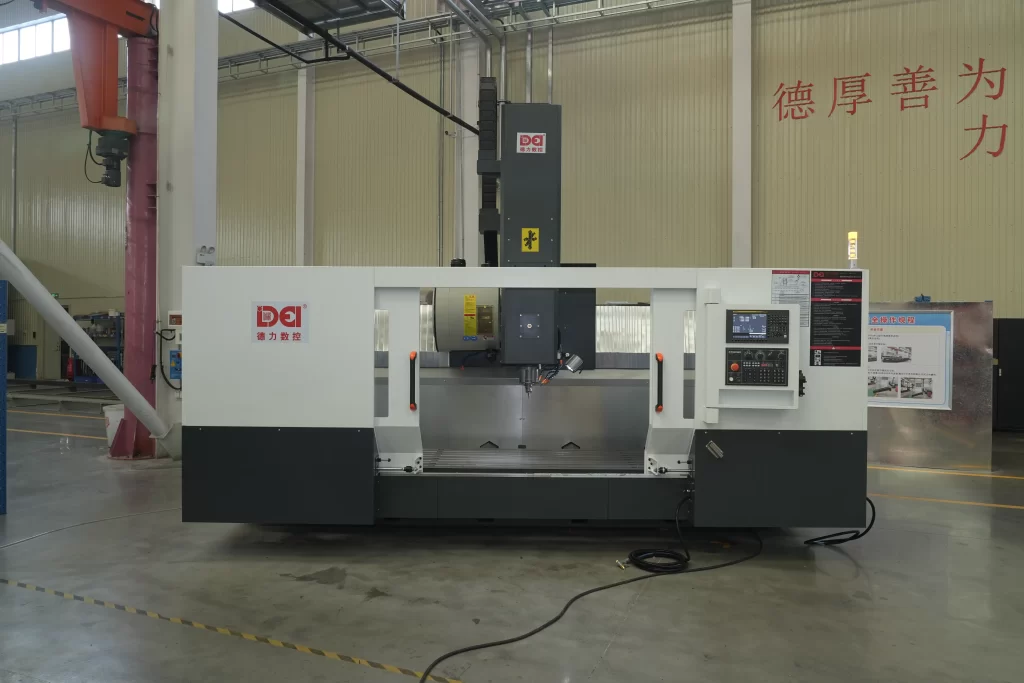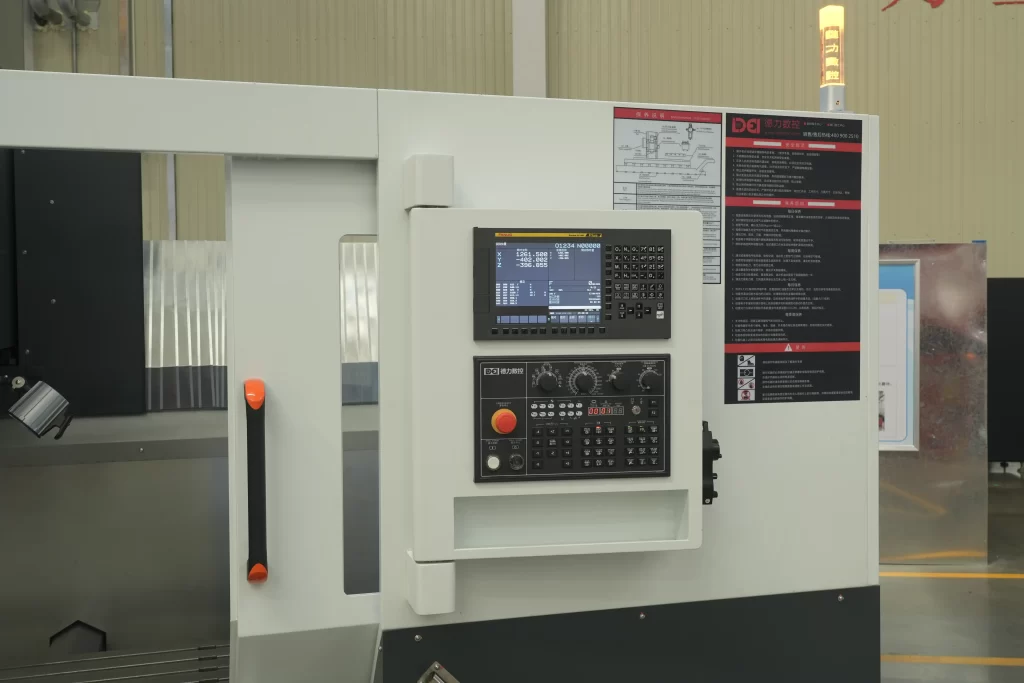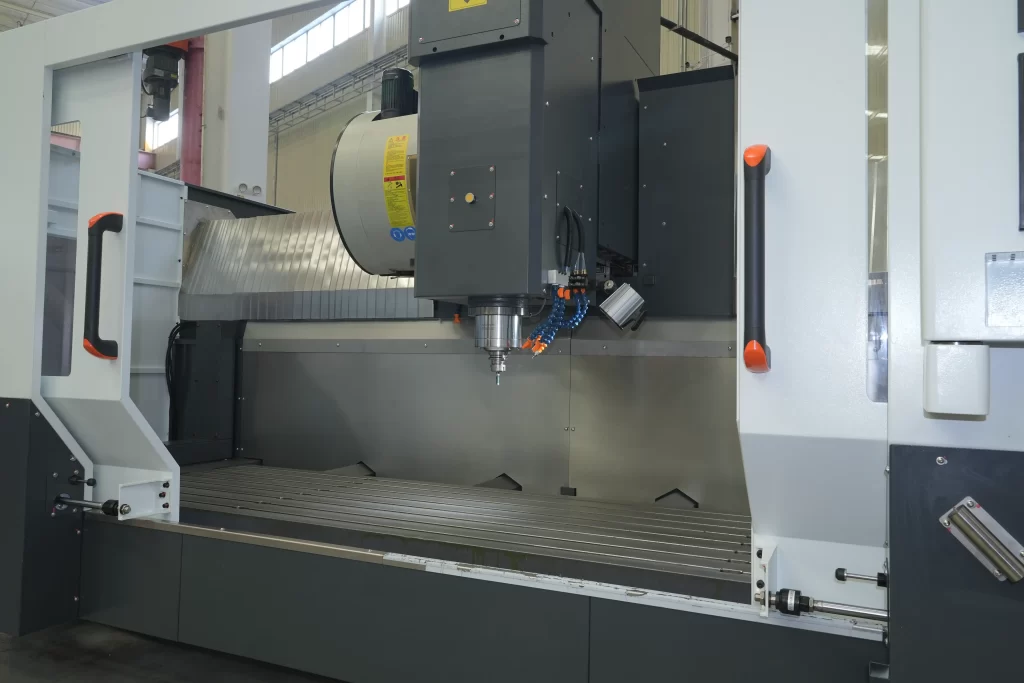How Does a CNC Machine Work? A Complete Guide
In modern manufacturing, CNC machines (Computer Numerical Control machines) have become the backbone of high-precision, high-efficiency production. From critical aerospace components to automotive engine blocks, nearly every precision part produced in volume relies on CNC technology. Industry data shows that over 85% of metal-cutting operations worldwide are performed by CNC machines, achieving tolerances as tight as ±1–5 micrometers.
Yet, many still wonder: how does a CNC machine work? This article breaks down the inner workings of CNC systems—covering CNC machine operation, core CNC machine parts, major types of CNC machines, and more—while weaving in high-value, low-competition long-tail keywords like CNC milling machine, CNC lathe machine, and CNC machine operator. Whether you’re an engineer, technician, or manufacturing professional, this guide delivers both technical depth and practical insight.
1. What Is a CNC Machine?

1.1 Definition and Core Characteristics
A CNC machine is an automated machine tool that uses digital instructions to precisely control the relative motion between a cutting tool and a workpiece. Its three defining traits are:
- Programmable control: Operations are driven by coded instructions, not manual levers.
- High repeatability: Identical parts can be produced with micron-level consistency.
- Production flexibility: Quick changeovers allow rapid adaptation to new designs.
Understanding these CNC machine basics is the first step toward mastering modern manufacturing.
1.2 Common Types and Their Applications
Different types of CNC machines serve distinct manufacturing needs:
- CNC milling machine: Ideal for machining complex 2D/3D contours—slots, pockets, surfaces, and holes. It’s the most widely used CNC type.
- CNC lathe machine: Specialized for turning rotational parts (shafts, bushings, etc.), typically achieving IT6–IT7 dimensional accuracy.
- Machining centers: Equipped with automatic tool changers (ATC), they combine milling, drilling, boring, and tapping in a single setup.
- Wire EDM (Electrical Discharge Machining): Uses a charged wire to cut ultra-hard materials with extreme precision, often for molds or intricate geometries.
Despite their differences, all CNC machines follow the same fundamental workflow: program → motion → material removal.
2. Core Components of a CNC Machine

2.1 The CNC Controller – The “Brain”
The CNC controller interprets G-code, calculates toolpaths via interpolation, and manages machine logic. Modern controllers process commands in under 1 millisecond, enabling high-speed, dynamic responses during complex operations.
2.2 Servo System and Drives
Closed-loop servo motors paired with high-resolution encoders convert digital commands into precise physical motion. Typical systems maintain positioning errors of less than ±1 pulse—often under 0.001 mm—ensuring exceptional CNC machine accuracy.
2.3 Mechanical Structure
Key CNC machine parts include:
- Rigid cast-iron bed: Minimizes deflection (typically < 5 µm under load).
- Linear roller guides: Offer ultra-low friction (< 0.003 coefficient).
- Ball screws: Deliver >90% transmission efficiency for smooth, accurate motion.
- High-speed spindle: Rotates at 20,000–60,000 RPM for fine finishes and rapid material removal.
Together, these components define the machine’s performance ceiling.
2.4 The Human Element: Operators and Technicians
A CNC machine operator loads programs, secures workpieces, and monitors runs for anomalies. Meanwhile, a CNC machinist designs toolpaths, selects cutting tools, and optimizes parameters. Industry data shows CNC machine operator salaries consistently outpace those in conventional machining—reflecting the skill and responsibility involved. Employers often invest in CNC machine training to build expertise in CNC machine programming and G-code fundamentals.
3. The CNC Machining Workflow – Step by Step

The full CNC machining process unfolds in five key stages:
3.1 CAD Modeling → 3.2 CAM Programming → 3.3 G-Code Generation
Engineers create a 3D model in CAD software. In CAM (Computer-Aided Manufacturing), they define toolpaths, select tools, and set cutting parameters (spindle speed, feed rate, depth of cut). The CAM system then outputs standardized G-code, such as:
- G54 G90 G17 G40 G49
- Activates Work Coordinate System #1 (G54)
- Sets absolute positioning (G90)
- Selects the XY plane for machining (G17)
- Cancels tool radius (G40) and length (G49) compensation
- T01 M06
- Calls Tool #1 and triggers an automatic tool change
- S12000 M03
- Spins the spindle at 12,000 RPM in forward direction
- G00 X0 Y0 Z5
- Rapidly moves the tool to (0,0,5)—a safe clearance point above the workpiece
- G01 Z-2 F500
- Feeds straight down to Z = –2 mm at 500 mm/min (plunging into the material)
- G01 X50 F1000
- Cuts a 50-mm-long slot along the X-axis at 1,000 mm/min
- M30
- Ends the program, stops the spindle, and resets the controller
3.4 Program Verification
Before cutting metal, operators verify the program using:
- Graphical simulation (to spot collisions)
- Dry runs (machine moves without a workpiece)
- Test cuts on scrap material
This prevents costly errors and scrapped parts.
3.5 Actual Machining Execution
- 3-axis machining: Simultaneous X/Y/Z motion for prismatic parts (e.g., brackets, housings).
- 5-axis machining: Adds rotational axes (A/B/C), enabling single-setup machining of complex geometries like turbine blades.
- Real-time feedback: Encoders report position thousands of times per second, allowing the controller to correct deviations instantly.
In real-world CNC machine shops—whether you search for “CNC machining near me” or partner with global suppliers—this workflow is now highly automated and tightly integrated.
4. Deep Dive: Key Technical Principles
4.1 Interpolation – The Heart of Motion Control
- Linear interpolation (G01): Moves the tool in a straight line between two points.
- Circular interpolation (G02/G03): Generates arcs by calculating intermediate points.
- NURBS interpolation: Handles freeform surfaces with fewer code blocks, improving surface finish and speed.
Advanced controllers use look-ahead algorithms to preview upcoming moves, smoothing acceleration/deceleration and preventing corner overcutting.
4.2 Coordinate Systems and Offsets
- Work coordinate systems (G54–G59): Align the program origin with the part’s design datum.
- Tool length compensation (G43): Automatically adjusts for tool length variations.
- Tool radius compensation (G41/G42): Lets programmers code the part contour—not the tool center path—while the machine offsets for cutter size.
4.3 High-Speed, High-Precision Technologies
- Adaptive control: Dynamically adjusts feed rate based on real-time cutting load.
- Vibration suppression: Detects chatter frequencies and modifies spindle speed to dampen oscillations.
- Nanometric interpolation: Some ultra-precision machines use 1-nanometer command resolution for optical molds or medical implants.
5. What Really Affects Accuracy and Efficiency?
5.1 Programming Quality
Poor toolpaths can reduce tool life by 30% or more. Smart strategies—like trochoidal milling or layered roughing—can boost productivity by 20–40% while extending tool life.
5.2 Machine Rigidity and Thermal Stability
- Under a 5,000 N cutting force, a machine with 100 N/µm stiffness deflects 50 µm—enough to ruin tight-tolerance features.
- A 10°C spindle temperature rise can cause 15–20 µm of thermal growth, shifting dimensions. Solutions include symmetrical machine designs and active cooling.
5.3 Tooling and Cutting Parameters
Match tools to materials:
- Carbide: General-purpose for steels and stainless.
- CBN (Cubic Boron Nitride): For hardened steels (>45 HRC).
- PCD (Polycrystalline Diamond): Best for aluminum, composites, and non-ferrous alloys.
Example for titanium:
- Cutting speed: 30–60 m/min
- Feed per tooth: 0.05–0.15 mm
5.4 Environment and Maintenance
CNC machine maintenance isn’t optional—it’s essential. Regular tasks include:
- Lubricating linear guides
- Calibrating encoder feedback
- Flushing coolant systems
Neglect leads to increased backlash, lost repeatability, and degraded CNC machine accuracy.
6. Conclusion
From CNC machine basics to the full CNC machining process, from identifying critical CNC machine parts to implementing effective CNC machine maintenance, mastering how a CNC machine works is a core competency in today’s manufacturing landscape.
Whether you’re learning the CNC working principle, comparing types of CNC machines (like CNC milling machines vs. CNC lathe machines), or training to become a skilled CNC machine operator, this knowledge powers precision, efficiency, and innovation.
As global manufacturing shifts toward higher quality and smarter automation, understanding how does a CNC machine work isn’t just technical literacy—it’s a strategic advantage.



